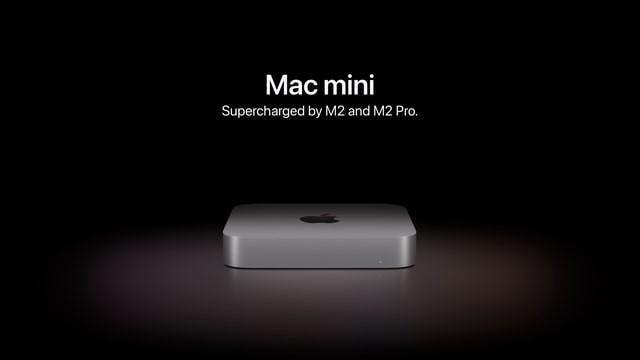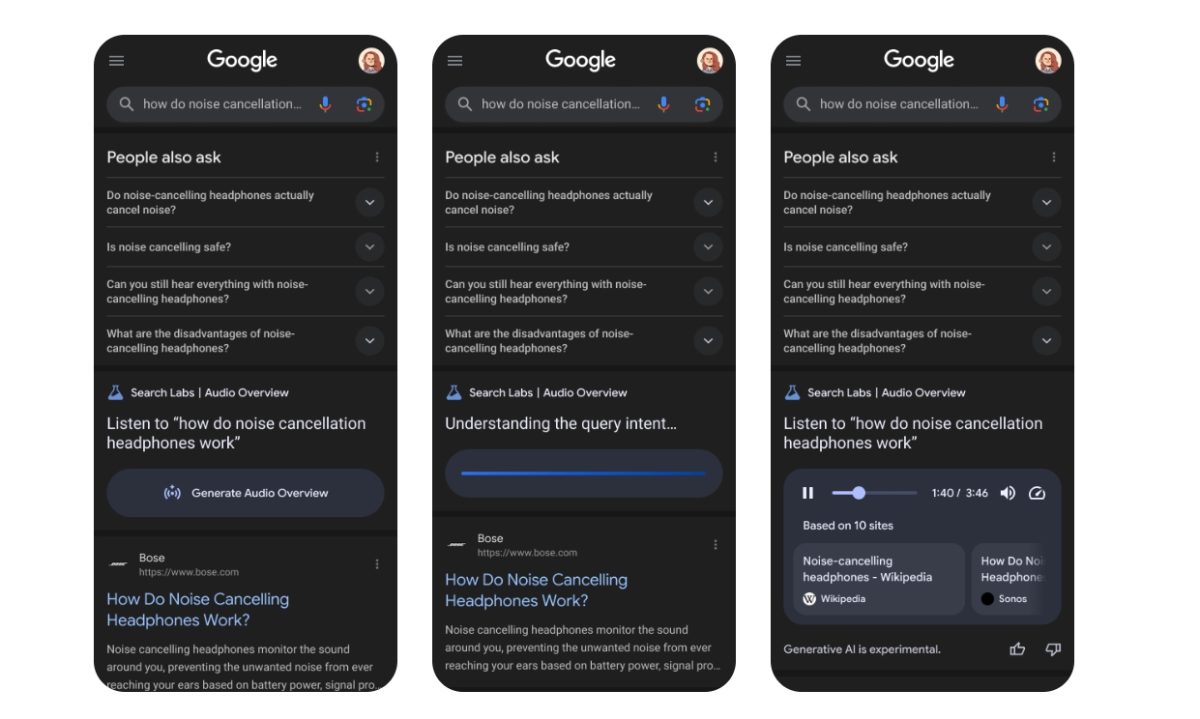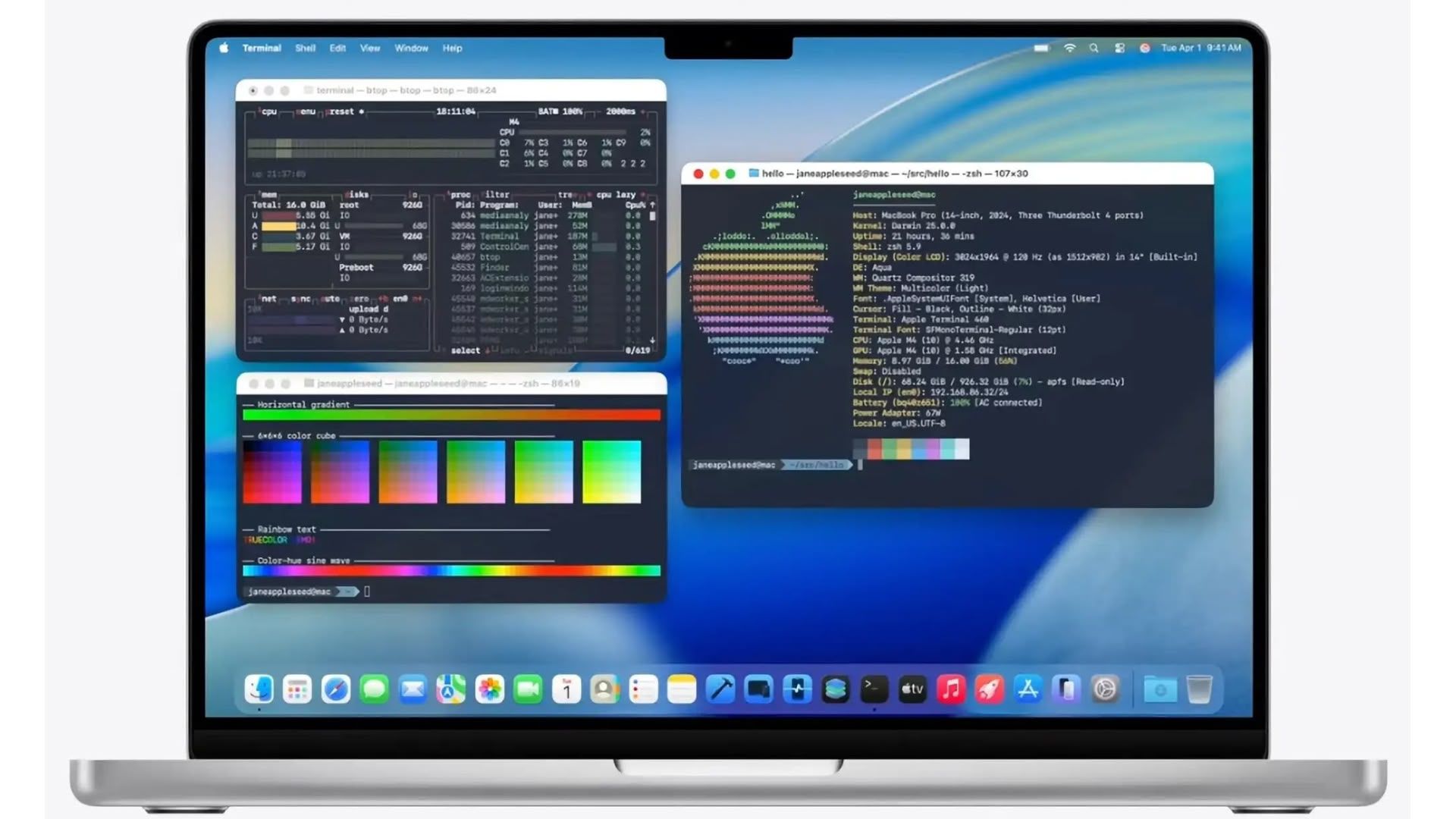The Data Lakehouse and Medallion Architecture: Unifying Data for BI and ML
The world of data management has been in a constant state of evolution, driven by the ever-increasing volume, velocity, and variety of data. For years, organizations grappled with the distinct challenges and advantages of traditional data warehouses and the more recent advent of data lakes. While both offered solutions for storing and analyzing data, their individual limitations often led to complex, costly, and inefficient data architectures. The Challenges of Isolated Data Architectures Traditional data warehouses, optimized for structured data and business intelligence (BI) reporting, excelled at delivering consistent, high-quality insights. However, they struggled with the sheer volume and diverse formats of modern data, particularly unstructured and semi-structured data. Integrating new data sources was often a slow and expensive process, leading to data silos and hindering agility. Data lakes emerged as a response to these limitations, offering a cost-effective way to store vast amounts of raw, multi-structured data without predefined schemas. This flexibility made them ideal for data scientists and machine learning engineers working with exploratory analytics. Yet, data lakes often lacked the critical features of data warehouses, such as ACID (Atomicity, Consistency, Isolation, Durability) transactions, schema enforcement, and robust data governance. This absence frequently resulted in "data swamps" – unorganized and untrustworthy data repositories that were difficult to navigate and derive reliable insights from. The common practice of using both a data lake and a data warehouse in a two-tier architecture often led to data duplication, increased infrastructure costs, security complexities, and significant operational overhead. Data had to be moved and transformed multiple times, leading to data staleness and a fragmented view of the business. Introducing the Data Lakehouse: A Unified Vision The data lakehouse architecture represents a paradigm shift, aiming to combine the best attributes of data lakes and data warehouses into a single, unified system. As defined by Databricks, a data lakehouse is "a new, open data management architecture that combines the flexibility, cost-efficiency, and scale of data lakes with the data management and ACID transactions of data warehouses, enabling business intelligence (BI) and machine learning (ML) on all data." This innovative approach leverages low-cost object storage, typically associated with data lakes, but overlays it with data management features traditionally found in data warehouses. The core enabler of the data lakehouse is a metadata layer, such as open-source Delta Lake. This layer sits on top of open file formats like Parquet, tracking file versions and offering crucial capabilities like ACID transactions, schema enforcement and evolution, and data validation. This allows data teams to work with complete and up-to-date data for both BI and advanced analytics, eliminating the need to move data between disparate systems. A unified data architecture merging the strengths of data lakes and data warehouses. Deep Dive into Medallion Architecture: A Structured Approach to Data Quality Within the data lakehouse paradigm, the "medallion architecture" (also known as a multi-hop architecture) provides a structured and efficient framework for managing data quality and accessibility. This architectural pattern organizes data into three distinct layers: Bronze, Silver, and Gold, each representing a progressively higher level of data refinement and quality. This incremental approach ensures data reliability and makes it suitable for diverse analytical workloads. Bronze Layer (Raw Data) The Bronze layer is the initial landing zone for all ingested data. Its primary purpose is to capture raw, immutable copies of source data as it arrives. Purpose: Ingestion, immutable storage, and historical record-keeping. It serves as the single source of truth for raw data, allowing for reprocessing if needed. Characteristics: Data in this layer is typically stored in its original format, whether unstructured (e.g., text files, images), semi-structured (e.g., JSON, XML), or structured (e.g., CSV, database dumps). Minimal data validation or cleanup is performed here to ensure no data is dropped and to protect against unexpected schema changes from source systems. Metadata columns, such as file name or ingestion timestamp, are often added for provenance. Common Tools/Formats: Open formats like Parquet, ORC, and JSON are common. Delta Lake is frequently used for its ability to provide ACID transactions, versioning, and schema evolution capabilities over these raw files. Silver Layer (Cleaned & Conformed Data) The Silver layer is where the real transformation begins. Data from the Bronze layer undergoes cleaning, standardization, and enrichment to improve its quality and consistency. Purpose: To provide a valid

The world of data management has been in a constant state of evolution, driven by the ever-increasing volume, velocity, and variety of data. For years, organizations grappled with the distinct challenges and advantages of traditional data warehouses and the more recent advent of data lakes. While both offered solutions for storing and analyzing data, their individual limitations often led to complex, costly, and inefficient data architectures.
The Challenges of Isolated Data Architectures
Traditional data warehouses, optimized for structured data and business intelligence (BI) reporting, excelled at delivering consistent, high-quality insights. However, they struggled with the sheer volume and diverse formats of modern data, particularly unstructured and semi-structured data. Integrating new data sources was often a slow and expensive process, leading to data silos and hindering agility.
Data lakes emerged as a response to these limitations, offering a cost-effective way to store vast amounts of raw, multi-structured data without predefined schemas. This flexibility made them ideal for data scientists and machine learning engineers working with exploratory analytics. Yet, data lakes often lacked the critical features of data warehouses, such as ACID (Atomicity, Consistency, Isolation, Durability) transactions, schema enforcement, and robust data governance. This absence frequently resulted in "data swamps" – unorganized and untrustworthy data repositories that were difficult to navigate and derive reliable insights from.
The common practice of using both a data lake and a data warehouse in a two-tier architecture often led to data duplication, increased infrastructure costs, security complexities, and significant operational overhead. Data had to be moved and transformed multiple times, leading to data staleness and a fragmented view of the business.
Introducing the Data Lakehouse: A Unified Vision
The data lakehouse architecture represents a paradigm shift, aiming to combine the best attributes of data lakes and data warehouses into a single, unified system. As defined by Databricks, a data lakehouse is "a new, open data management architecture that combines the flexibility, cost-efficiency, and scale of data lakes with the data management and ACID transactions of data warehouses, enabling business intelligence (BI) and machine learning (ML) on all data." This innovative approach leverages low-cost object storage, typically associated with data lakes, but overlays it with data management features traditionally found in data warehouses.
The core enabler of the data lakehouse is a metadata layer, such as open-source Delta Lake. This layer sits on top of open file formats like Parquet, tracking file versions and offering crucial capabilities like ACID transactions, schema enforcement and evolution, and data validation. This allows data teams to work with complete and up-to-date data for both BI and advanced analytics, eliminating the need to move data between disparate systems.

A unified data architecture merging the strengths of data lakes and data warehouses.
Deep Dive into Medallion Architecture: A Structured Approach to Data Quality
Within the data lakehouse paradigm, the "medallion architecture" (also known as a multi-hop architecture) provides a structured and efficient framework for managing data quality and accessibility. This architectural pattern organizes data into three distinct layers: Bronze, Silver, and Gold, each representing a progressively higher level of data refinement and quality. This incremental approach ensures data reliability and makes it suitable for diverse analytical workloads.
Bronze Layer (Raw Data)
The Bronze layer is the initial landing zone for all ingested data. Its primary purpose is to capture raw, immutable copies of source data as it arrives.
- Purpose: Ingestion, immutable storage, and historical record-keeping. It serves as the single source of truth for raw data, allowing for reprocessing if needed.
- Characteristics: Data in this layer is typically stored in its original format, whether unstructured (e.g., text files, images), semi-structured (e.g., JSON, XML), or structured (e.g., CSV, database dumps). Minimal data validation or cleanup is performed here to ensure no data is dropped and to protect against unexpected schema changes from source systems. Metadata columns, such as file name or ingestion timestamp, are often added for provenance.
- Common Tools/Formats: Open formats like Parquet, ORC, and JSON are common. Delta Lake is frequently used for its ability to provide ACID transactions, versioning, and schema evolution capabilities over these raw files.
Silver Layer (Cleaned & Conformed Data)
The Silver layer is where the real transformation begins. Data from the Bronze layer undergoes cleaning, standardization, and enrichment to improve its quality and consistency.
- Purpose: To provide a validated, cleaned, and conformed view of the data, ready for more detailed analysis and feature engineering.
- Transformation Process: This layer involves operations such as:
- Data Cleaning: Handling missing values, correcting data types, removing duplicates, and addressing inconsistencies.
- Standardization: Ensuring consistent formats for dates, currencies, and categorical values.
- Enrichment: Joining data from multiple Bronze tables or external sources to add context and value.
- Deduplication: Removing redundant records.
- Benefits: Improved data quality, consistency, and reliability. This layer is crucial for data analysts performing in-depth analysis and data scientists building machine learning models, as it provides a more refined dataset while retaining necessary granular detail.
- Typical Use Cases: Feature engineering for machine learning models, ad-hoc querying, and detailed operational reporting.
Gold Layer (Curated & Business-Ready Data)
The Gold layer represents the highest level of data refinement, designed specifically for business intelligence, advanced analytics, and machine learning applications.
- Purpose: To provide highly curated, aggregated, and optimized data views that directly map to business functions and needs. This layer serves as the source for dashboards, reports, and high-level analytical applications.
- Characteristics: Data in the Gold layer is often highly aggregated, filtered for specific time periods or geographic regions, and modeled using dimensional models (e.g., star schemas) to optimize for query performance. It contains semantically meaningful datasets that align with business logic and requirements.
- Role for BI and Advanced Analytics: This layer is consumed by business analysts, BI developers, and executives for reporting and decision-making. Data scientists and ML engineers also leverage this layer for building and deploying production models that require stable, high-quality features.
- Serving Various Departments: Organizations might create multiple Gold layers tailored to different business domains, such as HR, finance, sales, or marketing, ensuring that each department has access to data optimized for their specific analytical needs.

Data flow through the Bronze, Silver, and Gold layers of the Medallion Architecture.
Implementation Considerations
Implementing a data lakehouse with a medallion architecture requires careful planning and the right set of tools.
- Best Practices:
- Incremental Processing: Design pipelines to process data incrementally from Bronze to Silver and then to Gold to optimize performance and resource usage.
- Schema Evolution: Leverage tools that support schema evolution to handle changes in source data without breaking pipelines.
- Data Governance: Implement robust data governance practices across all layers, including data quality checks, access control, and lineage tracking. For a deeper understanding of these practices, explore resources on Mastering Data Governance in Data Lakes and Warehouses.
- Testing: Thoroughly test data transformations and quality checks at each layer.
- Common Tools and Technologies:
- Databricks: A leading platform built on the data lakehouse concept, offering an integrated environment for data engineering, machine learning, and BI.
- Apache Spark: A powerful open-source distributed processing engine essential for large-scale data transformations.
- Delta Lake: An open-source storage layer that brings ACID transactions, scalable metadata handling, and unified batch/streaming data processing to data lakes.
- Cloud Object Storage: Services like Amazon S3, Azure Data Lake Storage, and Google Cloud Storage provide the foundational low-cost, scalable storage for the lakehouse.
- Potential Challenges:
- Complexity: Designing and managing multi-layered pipelines can be complex, requiring skilled data engineers.
- Performance Tuning: Optimizing query performance across large datasets in the lakehouse may require specific tuning efforts.
- Tooling Integration: Ensuring seamless integration between various tools and technologies can be a hurdle.
Benefits of the Lakehouse with Medallion Architecture
The combination of a data lakehouse with the medallion architecture offers significant advantages for organizations seeking to modernize their data strategy:
- Improved Data Quality and Reliability: The multi-layered approach with progressive refinement ensures that data consumed by end-users is clean, consistent, and trustworthy.
- Reduced Data Silos and Duplication: By unifying data storage and processing, the lakehouse minimizes the need for redundant data copies and disparate systems.
- Enhanced Governance and Security: ACID transactions and schema enforcement provided by technologies like Delta Lake, combined with structured layering, enable more robust data governance and security controls.
- Faster Time to Insight: A streamlined data pipeline and curated Gold layer empower business users to access and analyze data more quickly, accelerating decision-making.
- Support for Both BI and AI/ML Workloads: The lakehouse architecture seamlessly supports traditional BI reporting alongside advanced analytics, machine learning, and data science initiatives, leveraging the same underlying data.
- Cost Efficiency: Storing data in low-cost object storage while gaining data warehouse capabilities leads to significant cost savings compared to maintaining separate, high-cost data warehouses for all data.
Code Examples: Illustrating Data Transformations
To demonstrate the practical application of the medallion architecture, here are simplified Python/PySpark pseudo-code snippets illustrating data transformations between layers:
from pyspark.sql.functions import col, when, lower, trim, count, avg
# Example: Moving data from Bronze to Silver layer (pseudo-code)
# Assume 'spark' is an initialized SparkSession
# Bronze Layer: Raw, untransformed data
bronze_df = spark.read.format("delta").load("/mnt/bronze/raw_data")
# Silver Layer Transformation: Cleaning and standardizing
silver_df = bronze_df.select(
col("id"),
col("timestamp"),
when(col("value").isNull(), 0).otherwise(col("value")).alias("cleaned_value"),
lower(trim(col("category"))).alias("standardized_category")
)
# Write to Silver Layer with schema enforcement
silver_df.write.format("delta").mode("append").save("/mnt/silver/cleaned_data")
# Example: Moving data from Silver to Gold layer (pseudo-code)
# Silver Layer: Cleaned and conformed data
silver_df = spark.read.format("delta").load("/mnt/silver/cleaned_data")
# Gold Layer Transformation: Aggregation for BI
gold_df = silver_df.groupBy("standardized_category") \
.agg(
count("id").alias("total_records"),
avg("cleaned_value").alias("average_value")
)
# Write to Gold Layer for BI dashboards
gold_df.write.format("delta").mode("overwrite").save("/mnt/gold/business_summary")



















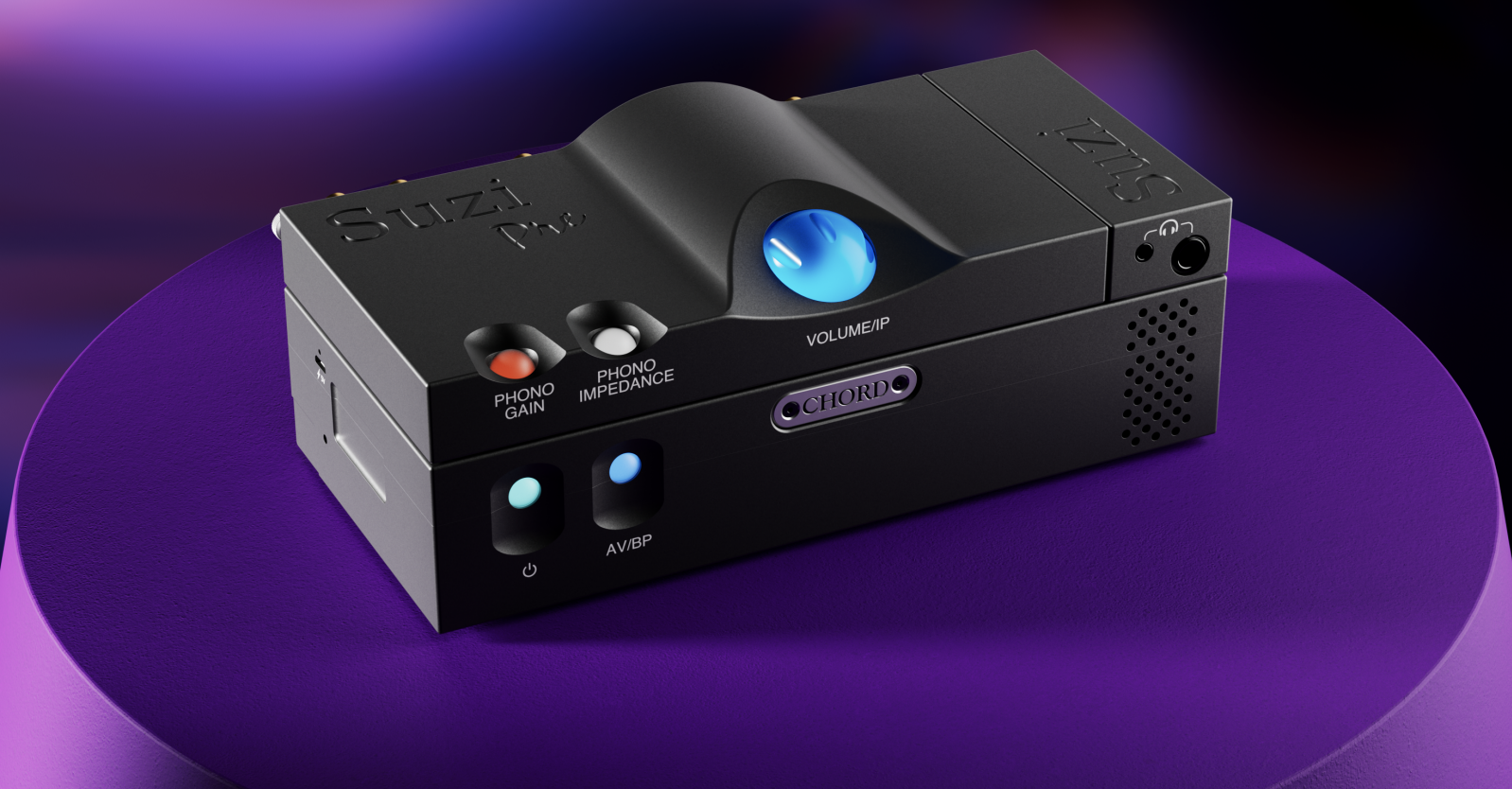





















































































































































![[The AI Show Episode 152]: ChatGPT Connectors, AI-Human Relationships, New AI Job Data, OpenAI Court-Ordered to Keep ChatGPT Logs & WPP’s Large Marketing Model](https://www.marketingaiinstitute.com/hubfs/ep%20152%20cover.png)




























































































































![[DEALS] Internxt Cloud Storage Lifetime Subscription: 10TB Plan (87% off) & Other Deals Up To 98% Off – Offers End Soon!](https://www.javacodegeeks.com/wp-content/uploads/2012/12/jcg-logo.jpg)

























![Designing a Robust Modular Hardware-Oriented Application in C++ [closed]](https://i.sstatic.net/f2sQd76t.webp)























.jpg?width=1920&height=1920&fit=bounds&quality=70&format=jpg&auto=webp#)

.jpg?width=1920&height=1920&fit=bounds&quality=70&format=jpg&auto=webp#)




















































































_Andreas_Prott_Alamy.jpg?width=1280&auto=webp&quality=80&disable=upscale#)

_designer491_Alamy.jpg?width=1280&auto=webp&quality=80&disable=upscale#)







































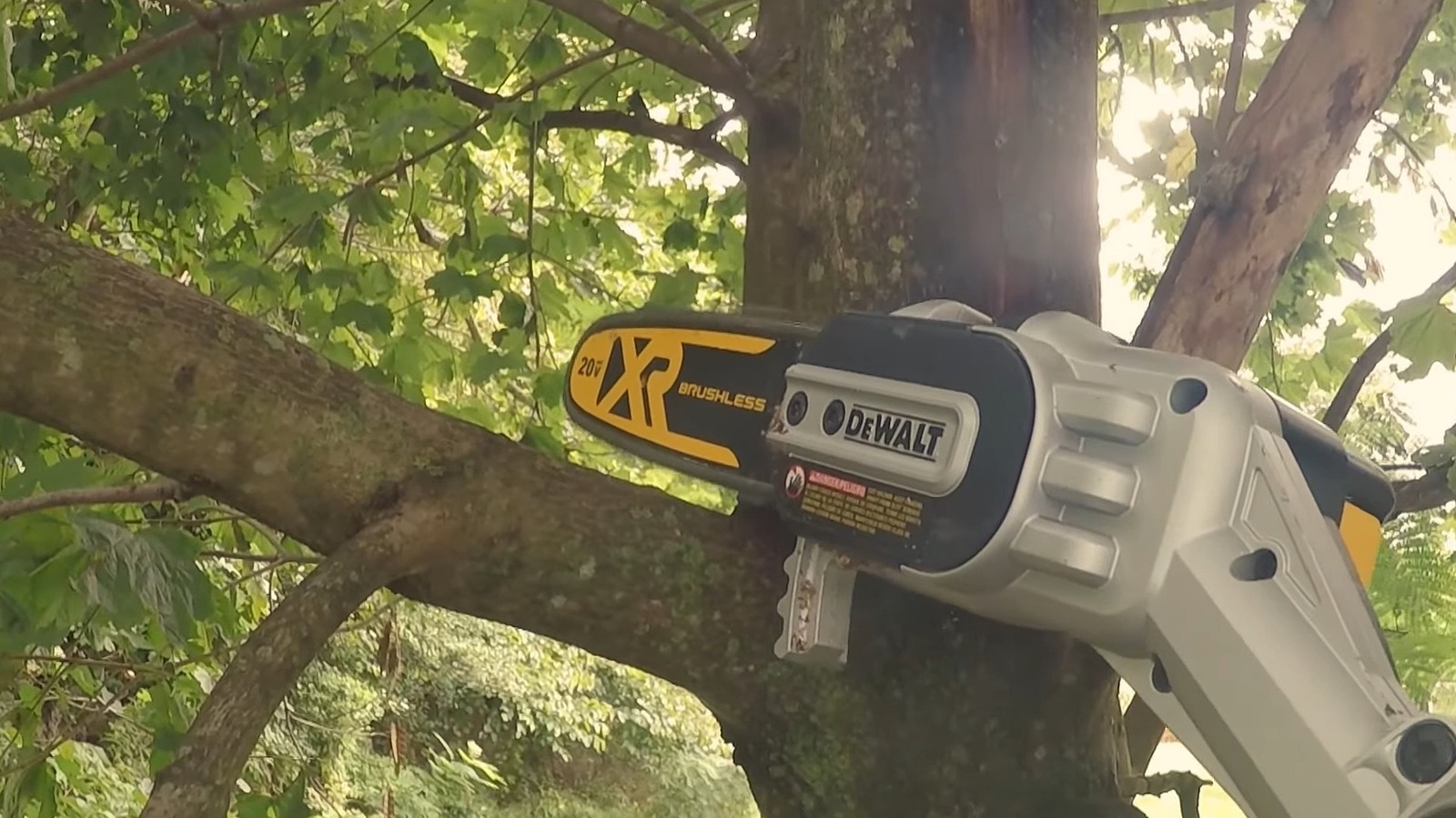










































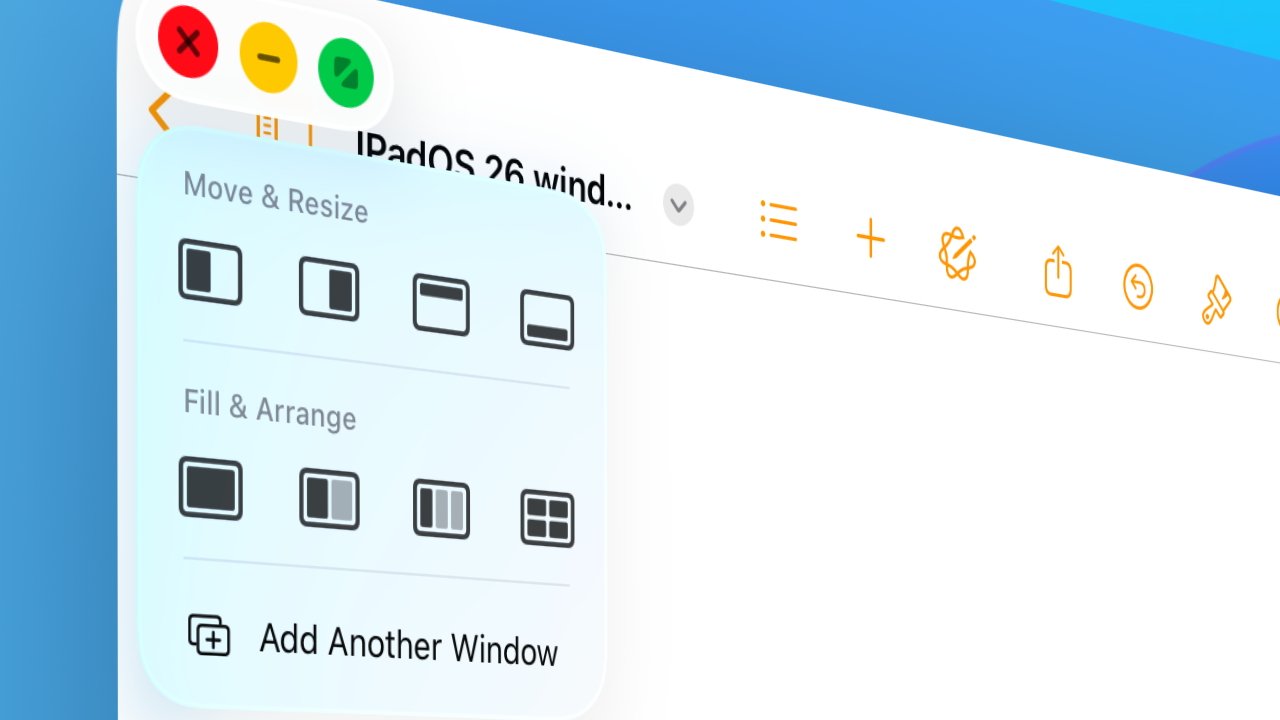







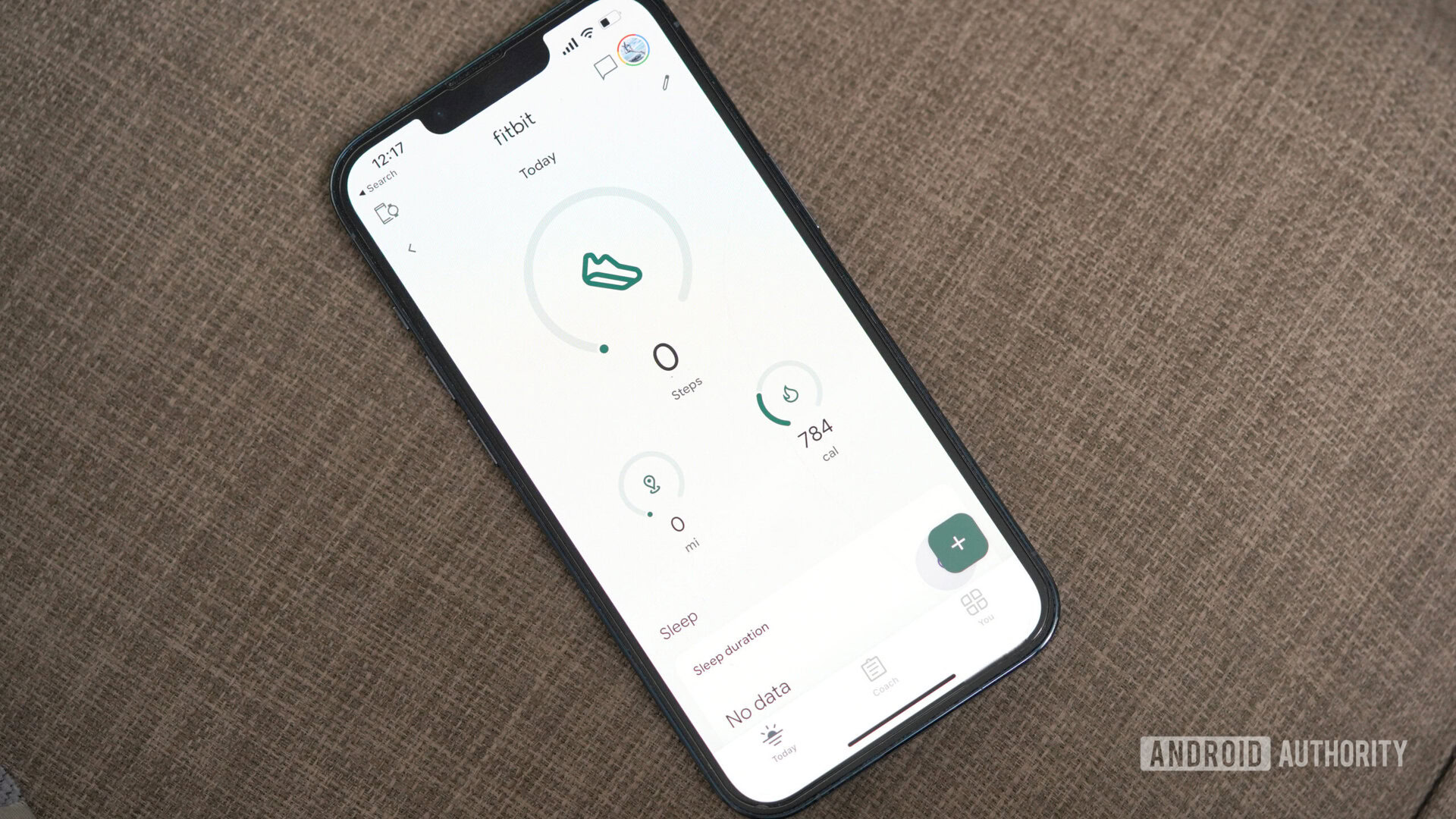



![iPad Air vs reMarkable Paper Pro: Which tablet is best for note taking? [Updated]](https://i0.wp.com/9to5mac.com/wp-content/uploads/sites/6/2025/05/ipad-air-remarkable-paper-pro.jpg?resize=1200%2C628&quality=82&strip=all&ssl=1)





![What Gemini app features are free versus paid? [June 2025]](https://i0.wp.com/9to5google.com/wp-content/uploads/sites/4/2025/01/gemini-android-5.jpg?resize=1200%2C628&quality=82&strip=all&ssl=1)












![Apple M4 Mac Mini Back on Sale for $499 [Deal]](https://www.iclarified.com/images/news/97617/97617/97617-640.jpg)

